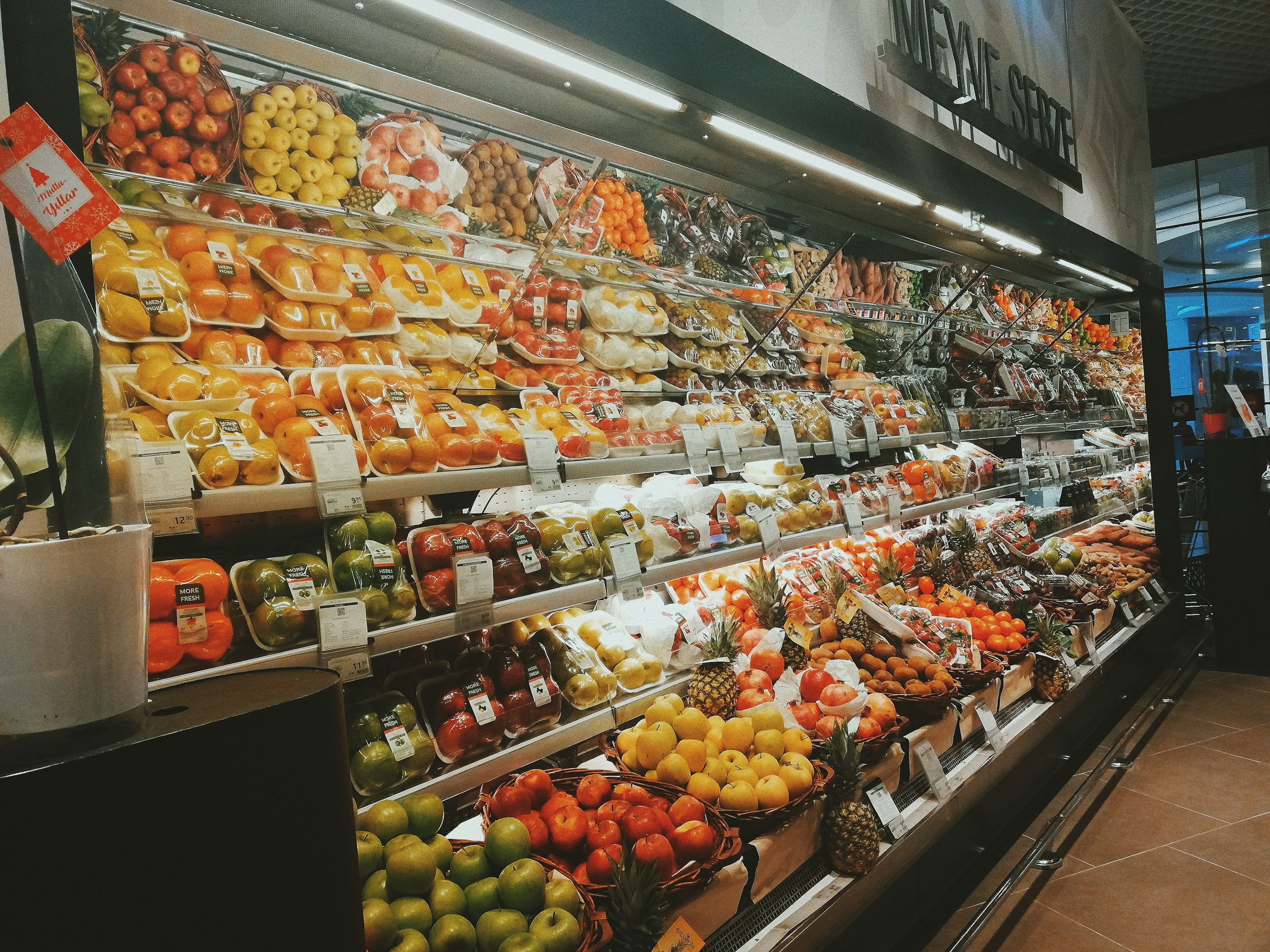Why Online Food Shopping is Changing the Way We Eat
Explore the revolutionary shift in eating habits fueled by the rise of online food shopping. This article investigates how this trend impacts consumer choices and dining experiences, offering fresh insights into the future of food consumption. Dive deep into the interplay between technology and nutrition, and understand how online platforms are changing our relationship with food.
The Impact of Technology on Food Consumption
Online food shopping has rapidly transformed our eating habits, driven by the integration of technology into everyday life. The ease of accessing a wide array of products online has shifted consumer behavior significantly. People are no longer confined to local stores, enabling them to explore diverse cuisines and new food trends conveniently. Online food shopping has also introduced a wealth of information at shoppers’ fingertips with reviews and nutrition facts readily accessible. This bevy of information allows consumers to make educated choices regarding what they eat. Consequently, this shift has led to a more informed customer base where people are enthusiastic about trying new ingredients and recipes. The power of discovery is amplified online, making it easier to break from dietary routines and explore unfamiliar flavors.
Changing Dietary Trends Driven by Online Food Shopping
As online food shopping continues to expand, emerging dietary trends gain traction like never before. From plant-based diets to gluten-free alternatives, consumers have easier access to specialized products catering to their unique dietary needs. Nutritionists often echo the sentiment that access to diverse ingredients encourages healthier meal preparations and lifestyles. The rise of e-commerce platforms has given brands the chance to showcase innovative products, making gluten-free or allergen-free products accessible like never before. Additionally, online food shopping fosters a trend of meal kits and subscriptions, simplifying the cooking process for busy individuals. Thus, dietary trends are inextricably linked with the realm of online food shopping as convenience meets health and lifestyle decisions.
User Experience and Accessibility
The user experience of online food shopping is integral to understanding why it is reshaping the way we eat. Most online platforms prioritize an intuitive design that simplifies the shopping experience—making it easy for users to find the products they want. The capability to create personalized shopping experiences, such as item suggestions based on previous purchases, enhances the convenience of online shopping. Furthermore, many platforms offer recipe inspiration alongside grocery lists, encouraging users to explore new methods of meal preparation. The added benefit of customization and convenience not only caters to time constraints but also introduces variety into meal planning. With easier access to information, consumers can also be more adventurous, leading them to try new flavors and broaden their palates.
Economic Implications of Online Food Shopping
The economic effects of online food shopping are profound, particularly on local markets. As consumer preference shifts towards online platforms, traditional grocery stores face heightened competition, prompting them to adapt to maintain their customer base. Many local businesses are now embracing technology to develop their online presence, which also allows them to tap into new market segments. This shift can be beneficial for consumers as competition often leads to better prices, innovative products, and enhanced service offerings overall. In recognition of this trend, numerous local farms have turned to direct-to-consumer strategies, further linking online food shopping with the promotion of local and sustainable food consumption. The interplay between technology and local economies represents a dynamic change, illustrating how online shopping is fundamentally shifting the retail food landscape.
Environmental Considerations
Additionally, online food shopping introduces significant discussions surrounding sustainability and environmental impact. While convenience can sometimes come at the expense of the environment, many companies are now striving to minimize their carbon footprint through responsible delivery methods and packaging. Consumers are increasingly opening up to brands that emphasize eco-friendliness, as awareness around sustainability grows. This reflects a commitment to supporting businesses that align with their values, directly impacting purchasing intentions. The flexibility of online food shopping also allows consumers to make eco-conscious decisions when selecting brands or products that prioritize sustainability—this is a shift in how we perceive our shopping habits and responsibilities toward the planet.
Conclusion: The Future of Food Consumption
In conclusion, the intersection of technology and online food shopping is fundamentally changing the way we eat. This evolution paves the way for greater variety, dietary innovation, and a more informed consumer base. As e-commerce continues to grow, it will undoubtedly further shape not only what we eat but also how we perceive and engage with food. By embracing this transformation, consumers can look forward to a future where gastronomy is as extensive as it is convenient, merging the best of technology and culinary culture.
